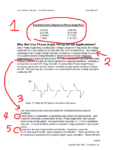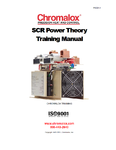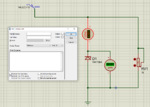
- Joined
- Jul 4, 2009
- Messages
- 16,489
- Helped
- 5,157
- Reputation
- 10,347
- Reaction score
- 5,207
- Trophy points
- 1,393
- Location
- Aberdyfi, West Wales, UK
- Activity points
- 139,503
'Ground' in a simulation means the reference point that everything is measured from, it doesn't have to be a connection to the Earth beneath your feet.
There is no issue with placing the load in the cathode side as long as you observe the need to raise the gate voltage above the cathode voltage to trigger it. Keeping the cathode at 'ground' makes triggering easy because the same voltage is needed all the time. If you place the load in the cathode, as a voltage appears across the load the voltage needed on the gate rises, it still has to be Vgt above the cathode voltage.
Note that it isn't normal to place a diode in series with the gate. The component used there is usually a diac, the symbols are similar but their behavior is quite different.
Brian.
There is no issue with placing the load in the cathode side as long as you observe the need to raise the gate voltage above the cathode voltage to trigger it. Keeping the cathode at 'ground' makes triggering easy because the same voltage is needed all the time. If you place the load in the cathode, as a voltage appears across the load the voltage needed on the gate rises, it still has to be Vgt above the cathode voltage.
Note that it isn't normal to place a diode in series with the gate. The component used there is usually a diac, the symbols are similar but their behavior is quite different.
Brian.















